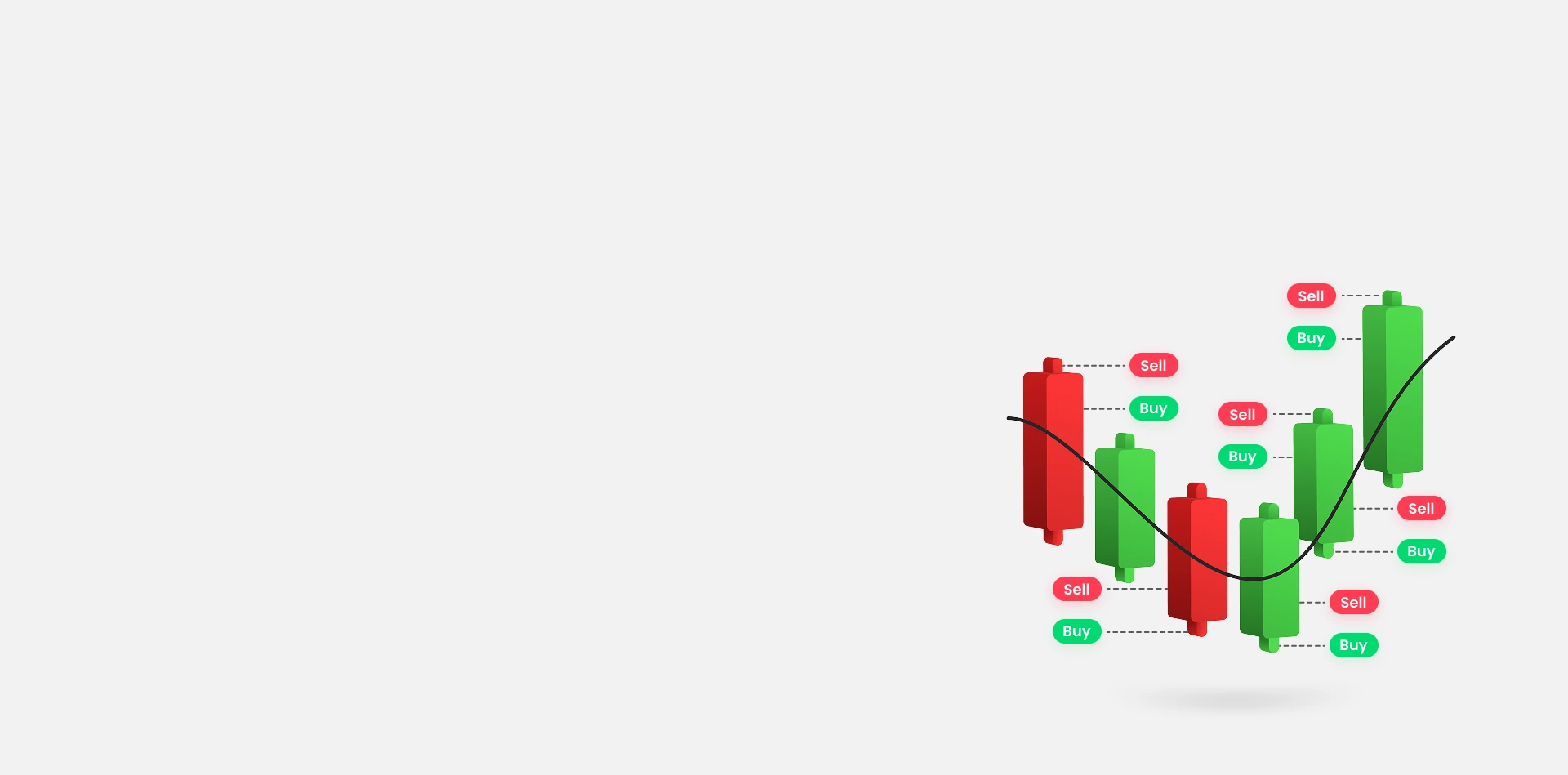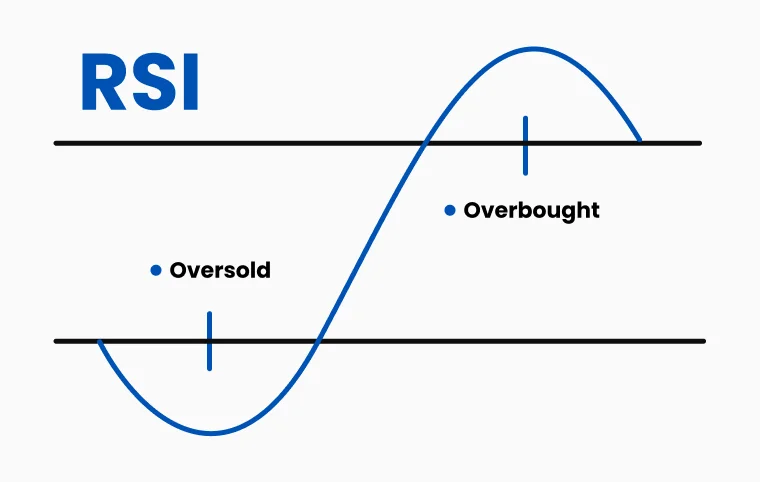
TradingPlatformAcademyNews & AnalysisAboutPartners


Scalping trading is a very short-term trading strategy that involves hunting for small profits often. While a position trader may hold their position for days or weeks, scalpers generally hold their trades for minutes or less. The goal with scalping trading is to make back the spread paid to get into the trade, plus a small profit on top — and repeat.
On their own, these scalping trading positions don’t bring much of a profit. However, scalpers usually engage in a high number of trades every day. This high volume of trading increases profits throughout the trading session.
Some scalpers seek to hold a position for fifteen seconds or less, while others will hold for a couple of minutes — regardless, scalpers should not hold positions overnight.
So then, what is the best scalping trading strategy?
The best scalping strategy for you depends on the different financial markets you trade, the technical analysis techniques and price action patterns you choose, and your risk tolerance. To help you decide on the best course of action, let’s look at the best scalping strategies.

The Stochastic Oscillator method uses the stochastic indicator, which is available on MT4 for forex trading. The stochastic indicator is a very short-term momentum indicator (like Moving Average Convergence Divergence (MACD)) calculated by the closing price of a prior period.
The indicator has two lines — the faster, more responsive %K line and the slightly slower, less responsive %D line. It is the relationship between these two lines that the scalper focuses on, as each line calculates the moment of the underlying market over slightly different time frames.
As an oscillator, its readings will always be between 0 and 100. This indicator is frequently used as an “oversold” (below 30) and “overbought” indicator (above 70). However, that is not the way a scalper will use the oscillator.
A scalping trader holds onto the position until the lines cross the other way and hold flat, awaiting a new signal. The scalper will buy long when the fast line crosses above the slow line and hold that position until the fast line crosses below the slow line. A short position is initiated when the fast line crosses below the slower line and is closed when the fast line crosses back above the fast line.
Simple Moving Averages: A Candidate for the Best Scalping Strategy

Some scalpers rely on Simple Moving Average, which measures the momentum of trends in the market by averaging the price of the past certain days (eg: 5 days simple moving average, which is essentially 1 week for stock traders because stock market does not open over the weekend). A trader will use two or three simple moving averages. For example, they will rely on a short-term one, which measures the average movement over five periods. They will also put a 10-period or 20-period moving average on the chart.
When the short-term simple moving average line crosses over the longer-term one, it is a bullish signal. Scalpers will enter the market seeking quick profits. When the longer-term average crosses below the short-term line, you might consider opening a short position to profit from a downward market move.
You can use simple moving averages (SMAs) or exponential moving averages (EMAs), which are weighted to give more value to recent price movements. EMAs are more sensitive, so many scalping traders prefer them because they allow them to enter the market slightly earlier.
Relative Strength Index (RSI) in CFD Scalping Trading

The Relative Strength Index (RSI) is another indicator that measures supply and demand in the market. Like the Stochastic Oscillator, it has a 0-100 scale. Some traders think the RSI is slightly easier to read because its lines are smoother than the Stochastic Oscillator. The market is overbought when the RSI line rises above 70 and oversold when it drops below 30.
Like the stochastic strategy, you’ll want to exit the trade as soon as the indicator reaches the other extreme.
Scalping trading strategies can also use established price levels when the market reverses, typically when it reaches a specific price level. Scalping traders can add these price levels to their charts and look for additional indicator signals or candlestick patterns when the market gets close to the lines.
TMGM - Experts in Scalping Trading for Beginners
Before beginning scalping trading, traders must do their research to find a regulated and distinguished broker who can provide the cutting-edge resources you need. At TMGM, we offer access to MetaTrader 4 and MetaTrader 5, which provides the charting features and rapid execution necessary to engage in scalping strategies.
We also provide access to 10+ liquidity providers and use NY4 servers to ensure the quick execution of your trades.
If you want to try scalping trading, visit TMGM to open an account today.





